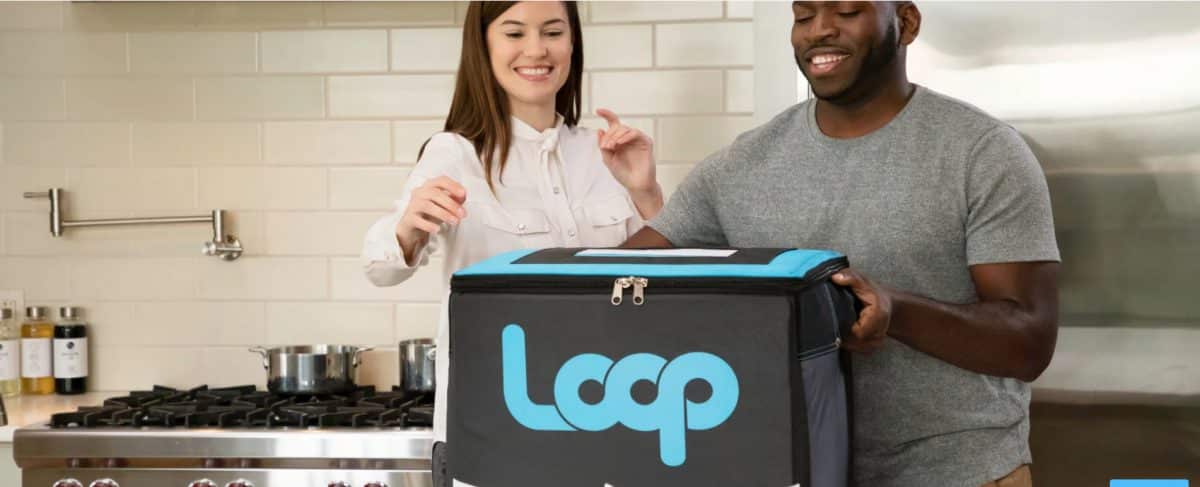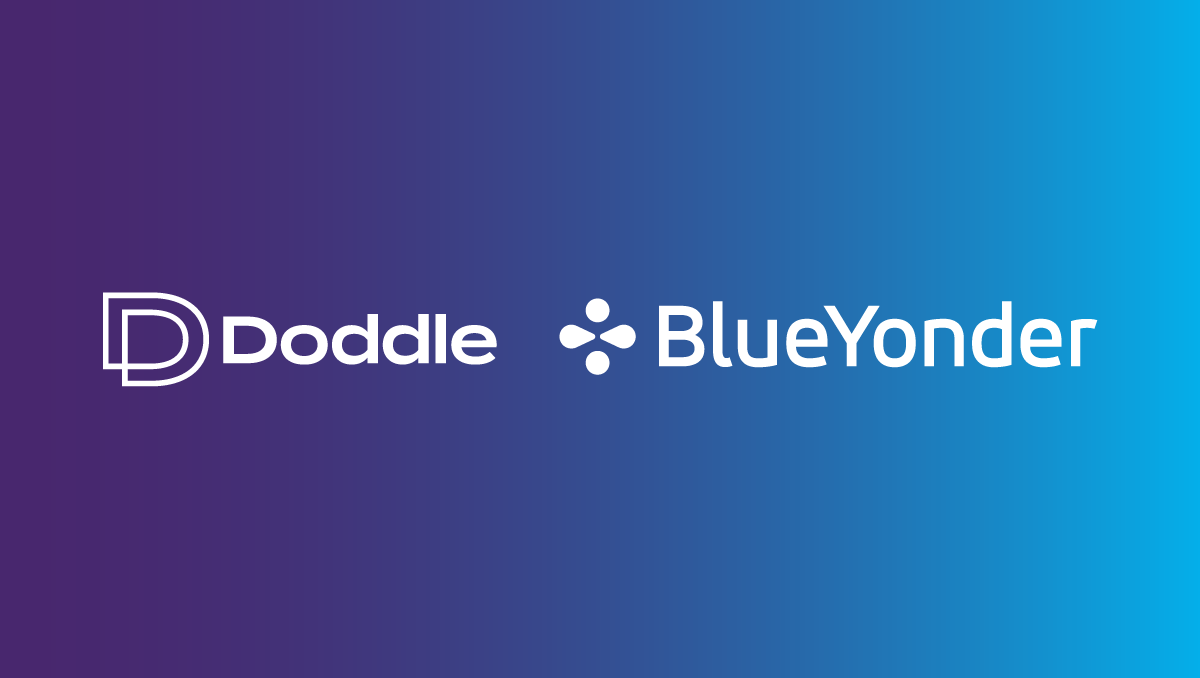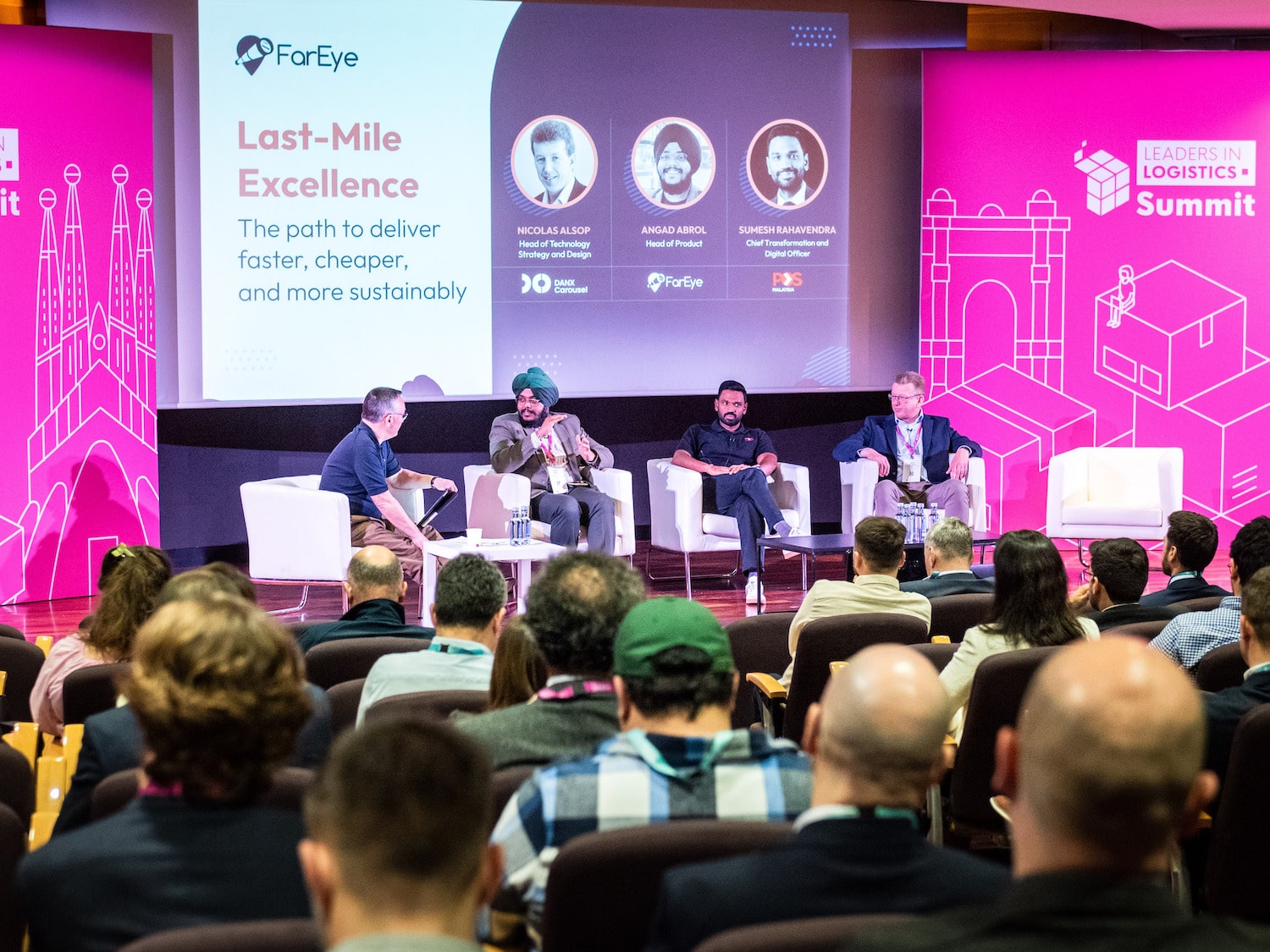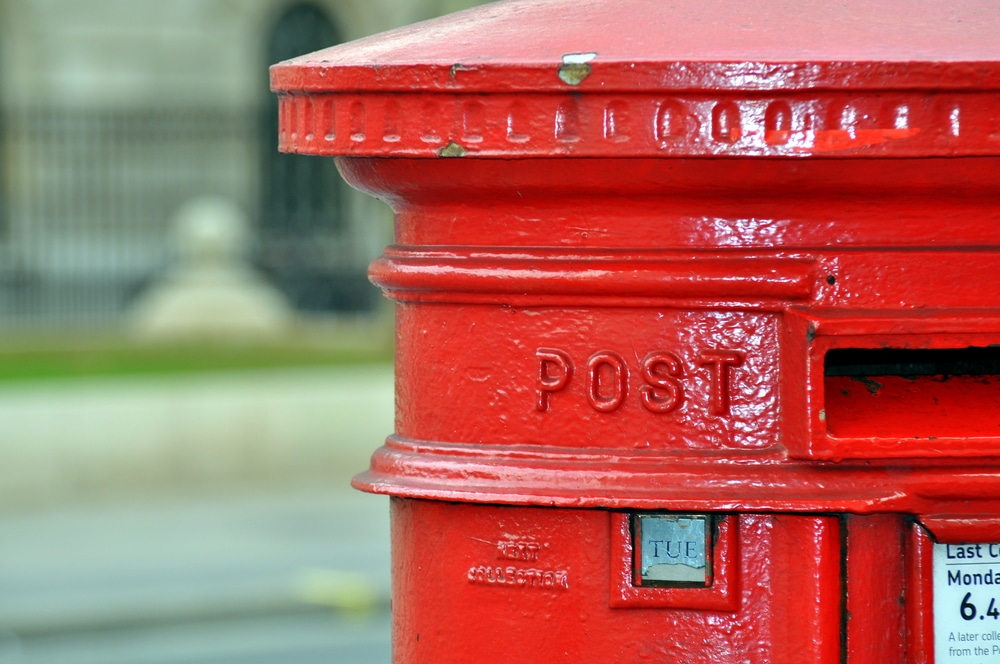Insight / Blog
Re-use ecommerce platform Loop to launch in the UK

Excess packaging is consistently one of the biggest gripes UK consumers have with ecommerce (and indeed with retail in general). Loop, launched at the World Economic Forum in Davos, aims to help consumers take control by offering some major brands’ products in re-usable packaging. This year Loop will open its UK site for business, stocking products from Nestle, Unilever, P&G and The Body Shop.
Loop co-founder Tom Szaky“We can’t just recycle our way out of the garbage crisis.”
The Loop proposition allows for consumers to effectively automate their replenishment – think old-school milkman delivery and collection. That’s a plus for the brands, who receive recurring revenue, and could win over consumers who want sustainability and hyper-convenience.
Designing packaging for forever
Clearly from a sustainability perspective this is a worthy project, aiming to move retail away from its dependence on single use, disposable packaging. Brands partnering with Loop appear encouraged about the prospects for brand engagement and the new world of packaging design that opens up when one package is going to stay with a consumer for life.
Virginie Helias, VP & Chief Sustainability Officer, Procter & Gamble: “You obviously develop a very intimate relationship with the consumer. And you build loyalty.”
Many deliveries, not much volume
There appears to be a little bit of gloss over one important area, though. The tote bag that consumers receive their goods in obviously has to be delivered, and then picked up, brought to a refill centre, then re-delivered, for every replenishment. We’re talking about CPG items, everyday stuff like soap and deodorant – if I run out of something like that, I’m going to want it replaced quickly. That being the case, do I need to fill the tote bag to a certain level before I can get it picked up?
If not, it seems likely that many of these tote bags won’t be very full when they’re being replenished, resulting in an awful lot of pickup and re-delivery journeys being made with a very low volume of goods actually being moved. If I do have to refill my tote bag with all of my empties before getting anything replenished, how much can this really replace my usual consumption of household goods, which don’t tend to all deplete at the same rate?
The answers to these questions will be massively important to both Loop’s economic viability and its sustainability credentials.
Store-based future?
When it launches, Loop will only exist to consumers as an ecommerce platform selling products which use its packaging and re-filling service. In future, the aim is to include Loop-packaged products in stores. Tesco is an early partner and planned to trial the service later this year. In the trial, the idea is that consumers can drop packaging back into a QR code-enabled container in the store, provided by Loop. This version of the proposition makes a little more sense in terms of sustainability by removing the pickup journey.
The idea of having consumers own the packaging is a smart one – but if we’re replacing single-use packaging with additional miles driven to pick up and re-deliver small products, the environmental picture might not be as pretty as it seems. A store-based alternative (similar to what is available in some supermarkets already) might be more viable, and Loop’s backing from the biggest names in CPG gives it a good chance to change the way we own packaging.
Topics:
Related articles
Return fees or free returns: why not both?
Debates between return fees or free returns miss the bigger picture: how to address the root issues of returns.
Important lessons from Leaders in Logistics 2024
Leaders in Logistics 24 dived into AI & automation, sustainability, changing ecommerce behaviours, emerging consumer expectations & predicted what the next decade had in store.
Postal results, reforms, and returns
Posts around the world are seeking reform, but how can they drive improved results in the short term?












